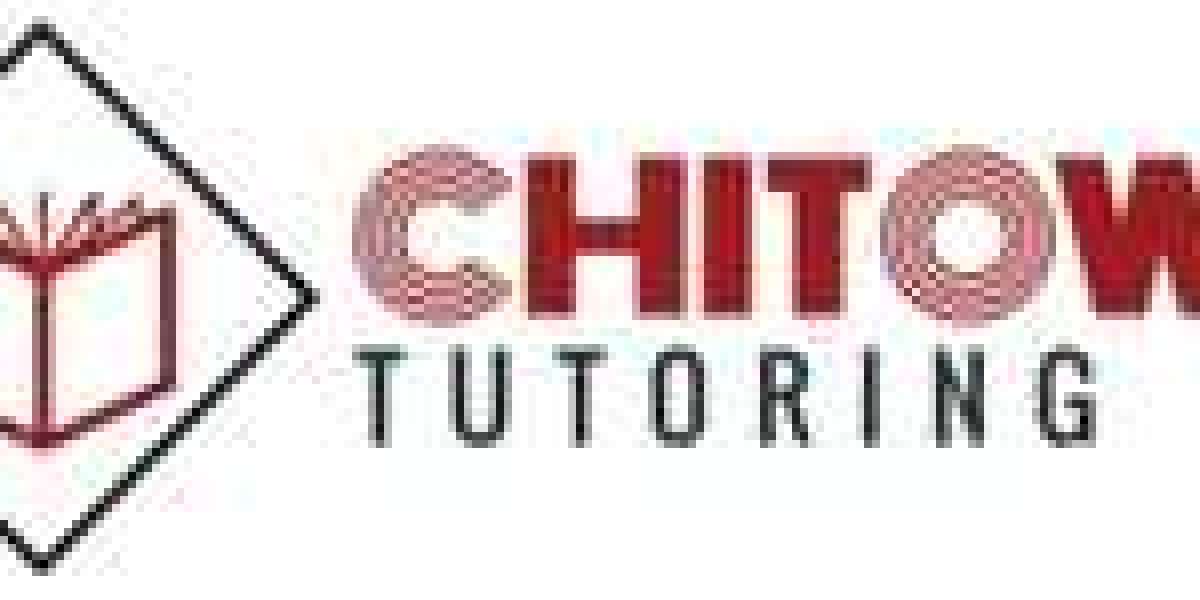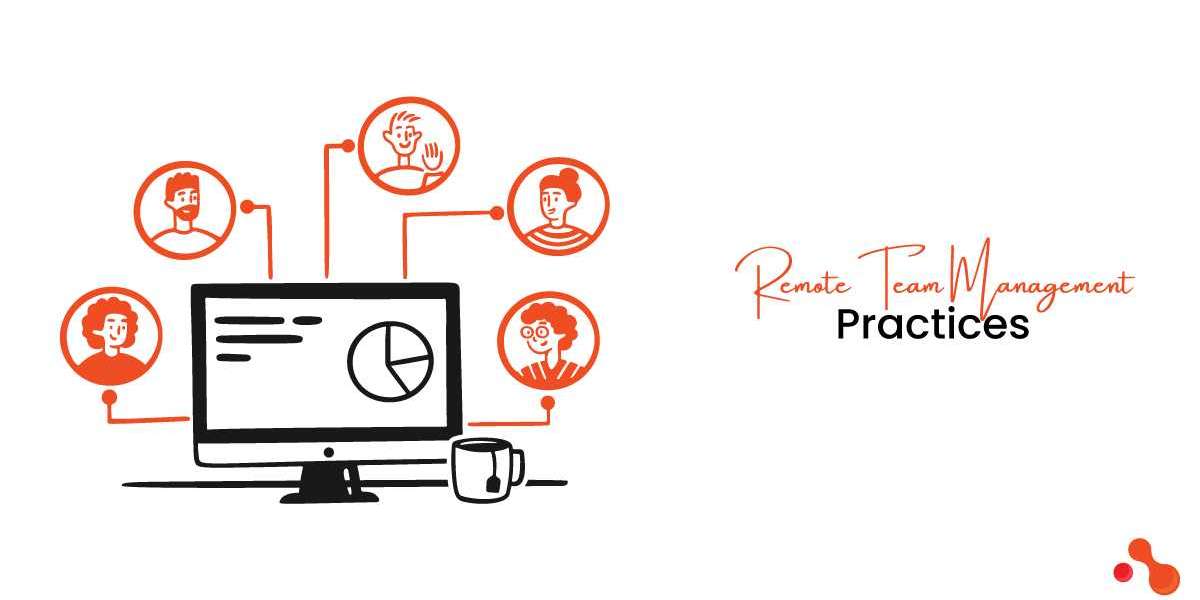Epilepsy is a neurological disorder characterized by recurrent seizures, affecting approximately 50 million people worldwide. While antiepileptic drugs (AEDs) are the primary treatment for epilepsy, they do not provide sufficient relief for about one-third of patients. For these individuals, alternative therapies such as neurostimulation have emerged as promising approaches to seizure control. In this article, we delve into the mechanisms of epilepsy, explore various neurostimulation techniques, and assess their efficacy as therapeutic interventions.
Knowing about Epilepsy:
A complicated neurological disorder called epilepsy is typified by aberrant electrical activity in the brain that causes seizures to occur repeatedly. Seizures can manifest in various forms, including convulsions, loss of consciousness, or subtle movements such as staring spells. The underlying causes of epilepsy are diverse, ranging from genetic predispositions to brain injuries, tumors, infections, or developmental disorders.
The pathophysiology of epilepsy involves disruptions in the balance between excitatory and inhibitory neuronal signaling. Abnormalities in ion channels, neurotransmitter systems, or synaptic connectivity can lead to hyperexcitability and synchronized neuronal firing, culminating in seizures. These aberrant electrical discharges can propagate throughout the brain, giving rise to the diverse clinical manifestations observed in epilepsy.
Current Treatment Landscape:
Antiepileptic drugs (AEDs) are the cornerstone of epilepsy management, aimed at reducing the frequency and severity of seizures. A wide array of AEDs is available, targeting different mechanisms involved in seizure generation and propagation. While many patients achieve adequate seizure control with AEDs, a significant proportion continue to experience seizures despite optimal pharmacotherapy.
For individuals with drug-resistant epilepsy, alternative treatment options are necessary. These may include dietary therapies, such as the ketogenic diet or epilepsy surgery to remove epileptic foci. However, these interventions are not always feasible or effective for all patients, highlighting the need for novel therapeutic approaches.
Neurostimulation as a Therapeutic Strategy:
Neurostimulation techniques involve the delivery of electrical or magnetic stimuli to modulate neural activity and restore the balance of excitatory and inhibitory signaling in the brain. Unlike AEDs, which act systemically, neurostimulation therapies target specific brain regions implicated in seizure generation, offering a more targeted approach to treatment.
Several neurostimulation modalities have been investigated for their efficacy in seizure control, including vagus nerve stimulation (VNS), deep brain stimulation (DBS), responsive neurostimulation (RNS), and transcranial magnetic stimulation (TMS). Each technique operates through distinct mechanisms of action and may be tailored to individual patient characteristics and seizure patterns.
Vagus Nerve Stimulation (VNS):
VNS involves the implantation of a device that delivers electrical impulses to the left vagus nerve, which then projects to various brain regions involved in seizure control, including the thalamus and limbic system. The precise mechanisms underlying VNS efficacy remain incompletely understood but are thought to involve modulation of neurotransmitter release and neuronal excitability.
Clinical studies have demonstrated the effectiveness of VNS in reducing seizure frequency and severity in patients with drug-resistant epilepsy. Furthermore, long-term follow-up data suggest sustained benefits with continued VNS therapy. Despite its efficacy, VNS may be associated with adverse effects such as hoarseness, coughing, or dysphagia, which are usually mild and transient.
Deep Brain Stimulation (DBS):
DBS entails the implantation of electrodes into specific deep brain structures implicated in epilepsy, such as the anterior thalamic nucleus or hippocampus. These electrodes deliver high-frequency electrical stimulation to modulate aberrant neural circuits and inhibit seizure activity. DBS offers the advantage of adjustable stimulation parameters, allowing for individualized therapy optimization.
Clinical trials evaluating DBS for drug-resistant epilepsy have shown promising results, with significant reductions in seizure frequency observed in some patients. However, the optimal target for DBS and patient selection criteria remain areas of ongoing research. Additionally, DBS implantation carries risks such as infection, hemorrhage, or device-related complications, necessitating careful patient selection and monitoring.
Responsive Neurostimulation (RNS):
RNS is a closed-loop neurostimulation system that continuously monitors brain electrical activity and delivers responsive stimulation in real-time upon detection of pre-defined seizure patterns. The RNS device is implanted directly into the brain or overlying cortex, allowing for precise localization of seizure onset zones and targeted intervention.
Clinical trials have demonstrated the efficacy of RNS in reducing seizure frequency and improving quality of life in patients with drug-resistant epilepsy. Furthermore, RNS offers the advantage of adaptive stimulation, with the potential for long-term seizure reduction without the need for frequent adjustments. However, surgical risks associated with device implantation and programming complexity remain considerations for clinicians and patients.
Transcranial Magnetic Stimulation (TMS):
TMS is a non-invasive neurostimulation technique that delivers magnetic pulses to targeted cortical regions to modulate neuronal activity. While TMS is primarily used for diagnostic and therapeutic purposes in neuropsychiatric disorders, emerging evidence suggests its potential utility in epilepsy management. TMS protocols targeting seizure foci or cortical excitability have shown promise in reducing seizure frequency in preliminary studies.
Despite its non-invasiveness, TMS requires repeated sessions to achieve therapeutic effects, and the optimal stimulation parameters for epilepsy treatment are still being elucidated. Furthermore, TMS is limited by its depth of penetration and inability to directly modulate deep brain structures implicated in seizure generation.
Prospective Pathways and Obstacles:
Neurostimulation holds promise as a therapeutic approach for drug-resistant epilepsy, offering targeted intervention and potential long-term benefits for patients. However, several challenges remain to be addressed to optimize its clinical utility. These include refining patient selection criteria, identifying optimal stimulation parameters, minimizing adverse effects, and improving long-term outcomes through rigorous clinical research and technological advancements.
Furthermore, the integration of neurostimulation into existing epilepsy management algorithms requires multidisciplinary collaboration among neurologists, neurosurgeons, epileptologists, and neuroscientists. Patient education and shared decision-making are essential components of this process, ensuring that individuals with epilepsy are empowered to make informed choices about their treatment options.
In conclusion,
Neurostimulation represents a promising therapeutic avenue for seizure control in drug-resistant epilepsy. Through targeted modulation of aberrant neural circuits, neurostimulation techniques offer the potential to improve seizure outcomes and enhance quality of life for individuals living with epilepsy. Continued research and innovation in this field will undoubtedly pave the way for further advancements in epilepsy treatment and personalized medicine approaches tailored to individual patient needs.






